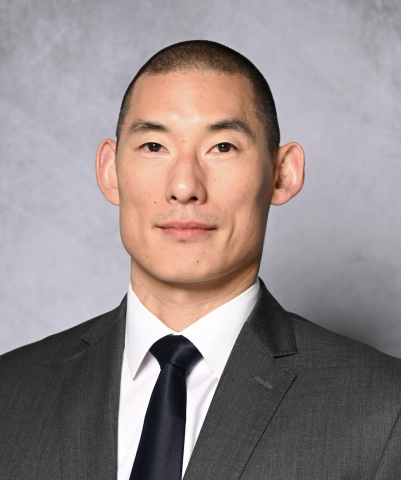James Park
Assistant Professor of Chemical and Biomolecular Engineering

Biography
Dr. James Park received his undergraduate B.S. in chemical and biomolecular engineering from Cornell University. Following graduation, James obtained a position with Merck & Co., Inc., where he first worked as a process engineer supporting live viral vaccine manufacturing. During this time, James supported start-up facility activities to expand manufacturing capacity for varicella vaccine manufacturing. James then transitioned into process R&D, supporting the scale-up of fermentation processes for monoclonal antibody production for pre-clinical trials.
James subsequently obtained his PhD from the University of Delaware (Newark, DE) under the mentorship of Dr. Babatunde Ogunnaike and co-mentorship of Drs. Jim Schwaber, and Rajanikanth Vadigepalli at Thomas Jefferson University (Philadelphia, PA). Here, James applied engineering approaches to analyze gene expression heterogeneity at the single neuron level, which led to the development of a conceptual framework and quantitative models that reconciled single neuron transcriptional heterogeneity and the robust regulation of blood pressure setpoint within the cardiovascular system. Following his PhD, James took up a postdoctoral fellowship at the Institute of Systems Biology (Seattle, WA), where he worked on computational and experimental methods to identify gene regulatory network mechanisms driving tumor cell, multi-omic heterogeneity at the single-cell level in glioblastoma.
James joined the Department of Chemical and Biomolecular Engineering at Tulane University as an assistant professor in 2025 where he continues his research in cell-to-cell multiomic heterogeneity.
Research
Tumor cells and stem-like cells can transition into distinct phenotypic states, which include drug-resistant phenotypes. Such transitions, which are often triggered by treatment itself, represent a mode of therapy evasion, which hinders our ability to treat glioblastoma (GBM) effectively. The Park Lab is interested in understanding the non-genetic mechanisms that drive tumor cells into drug-resistant states in the context of cancers, particularly GBM.
By applying a systems perspective, we seek to elucidate the underlying gene regulatory network mechanisms that facilitate cell-state transitions and the emergence of drug-resistance in tumor cells. We combine principles from engineering, systems biology, and single-cell biology to study the non-genetic contributors to GBM pathology, specifically tumor-cell population dynamics GBM progression and treatment. We are interested in understanding the gene- and cell-to-cell interactions driving heterogeneous cell populations towards drug-resistant states as well as what non-genetic mechanisms maintain drug-resistance over time. We characterize tumor cell states using multi-omic, single-cell (sc)-level profiling techniques (e.g. scRNA-seq and chromatin accessibility measures (scATAC-seq)) and infer the transcriptional regulatory networks that relate and distinguish tumor cell states that comprise the cell population.
To translate such insights to the clinic, we seek to identify the forces and trajectories, i.e., treatment pressure types (dosing strategies), and regulatory changes (transcription factor expression) that drive cells into these states through perturbations of GSC cultures via RNA interference techniques such as small interfering RNA (siRNA) and/or CRISPR-Cas9 techniques. Our group is focused on addressing questions such as: 1) How does heterogeneity of the tumor cell population change during phenotypic transitions? 2) What interactions among tumor cells and cellular components of the tumor microenvironment affect tumor cell states, and 3) How do various dosing regimens affect heterogeneous cell populations – do different regimens drive cell populations along specific response trajectories to specific states? Developing approaches towards understanding how heterogeneous tumor cells transition into drug-resistant states will inform on potentially novel treatment approaches for GBM and other cancers as well.
